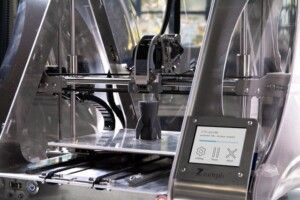Advice For Machine-Intensive Businesses In 2022

If you run a machine-intensive business, there is a lot that needs to be considered. Not only do you need to make sure that everything ticks over nicely and you do not end up experiencing a lot of downtime but you also need to ensure you keep your costs low as well. Of course, machines by their very nature can do quite a bit of damage in terms of the environment, and this is why you need to dedicate some of your time and resources to determine the most eco-friendly way of running machines at your business.
- Look for ways to reduce your environmental impact – There is only one place to begin for machine-intensive businesses in 2022, and this is by considering your environmental impact. All companies, no matter their size or the industry they operate in, have an obligation to reduce the carbon emissions they are responsible for. After all, we all need to do our bit to protect the planet. However, machines can be responsible for a lot of pollution, and so it can be difficult to get this right but it is not impossible. You should take the time to look at ways you can reduce the energy used within your business. Every step forward makes a difference.
- Consider whether or not you should make any upgrades in 2022 – Next, it is worth thinking about whether or not 2022 is the year that you should be making any upgrades to your business. We know that all businesses have stringent budgets, so you need to think about whether or not there is space in your budget for this sort of upgrade. Think about the process, for example, your broaching process , and then think about whether a new machine would make a significant difference to this.
- Make sure you have your maintenance and servicing schedule in place – Last but not least, if you run a machine-intensive business, nothing can take you further off-track than some of your machines breaking down at the same time. This is why it is important to reduce the chances of this happening by making sure that you have regular servicing and maintenance penciled in so that you can keep all of your important machines running efficiently. A lot of businesses try to cut corners here and then it ends up coming back to bite them at a later date.
As you can see, there are a number of different things that you should consider if you run a machine-intensive business. We hope that the tips and advice that we have provided in this blog post will assist you along the way. After all, we know that there is plenty that you will need to take into account but if you have a dedicated and organized approach, it can go a long way to making sure you run your business efficiently and save money while also reducing your environmental impact as well.


